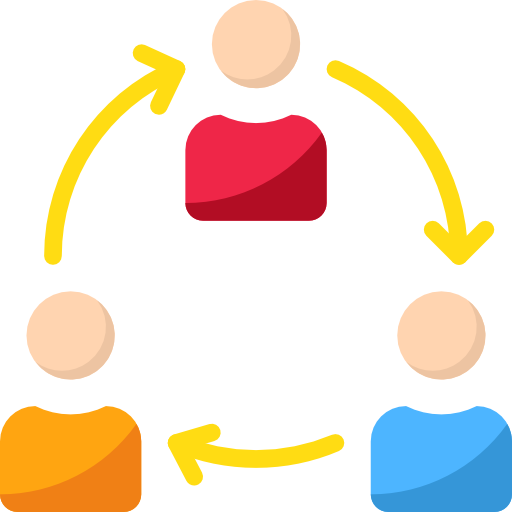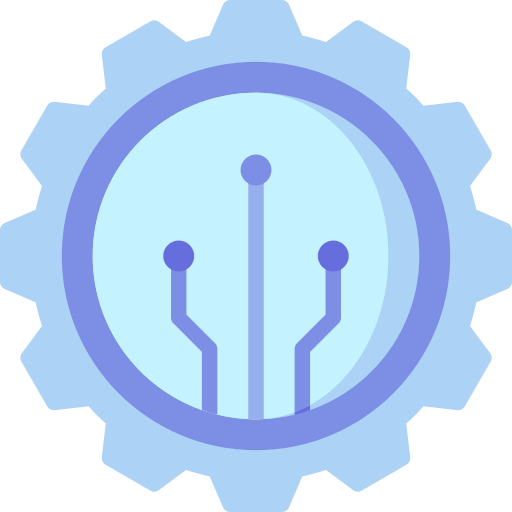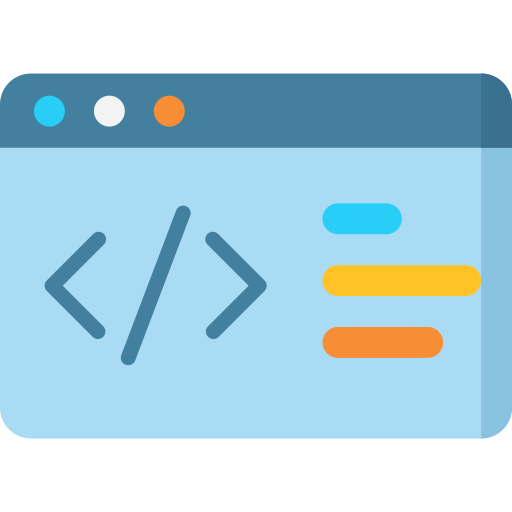JSON : JavaScript Object Notation
Programming
What is the Full Form of JSON?
JSON stands for JavaScript Object Notation.
What is JSON?
JSON stands for JavaScript Object Notation and it is a lightweight format for storing and sending the data over a network like HTTP or HTTPS. JSON also used when we want to send some data from a server to a web page or a Mobile Application.
JSON is "self-describing" or "User-define" and easy to understand data storage mechanism. JSON only supports Text/String data.
We can store the value of a property or a collection like arrays of user-defined data types.
How to create JSON?
An empty { } is a JSON Object, we use " " to write the property name at the left side of ":" and also use the same " " to put it's valued at the right side, for example, if we want to store an employee object with one property as Name so where is the JSON:
{
"Employee": { "Name": "Nitin Pandit" }
}Or If we want an Array of Employees with multiple properties like Id, Name, and Salary to store in JSON:
{
"Employees": [
{ "Id": "101","Name": "Nitin", "Salary": "12345" },
{ "Id": "102", "Name": "Nishant", "Salary": "12345" }
]
}Suggestions:
| Acronym | Full Form |
|---|---|
| SOAP | Simple Object Access Protocol |
| HTML | Hypertext Markup Language |
| BSON | Binary JSON |
| BLOB | Binary Large Object |
| UML | Unified Modeling Language |
| AJAX | Asynchronous JavaScript and XML |
| API | Application Programming Interface |
| APK | Android Application Package |
| ASP | Active Server Page |
| BASIC coding | Beginner's All-Purpose Symbolic Instruction Code |
| EJB | Enterprise Java Beans |
| PHP | Hypertext Preprocessor |
| SQL | Structured Query Language |
| XML | eXtensible Markup Language |
| CGI | Computer-Generated Imagery |
| CSS | Cascading Style Sheet |
| COBOL | Common Business Oriented Language |
| CLI | Command Line Interface |
| DHTML | Dynamic Hyper Text Markup Language |
| DTD | Document Type Declaration |
| DOM | Document Object Model |















